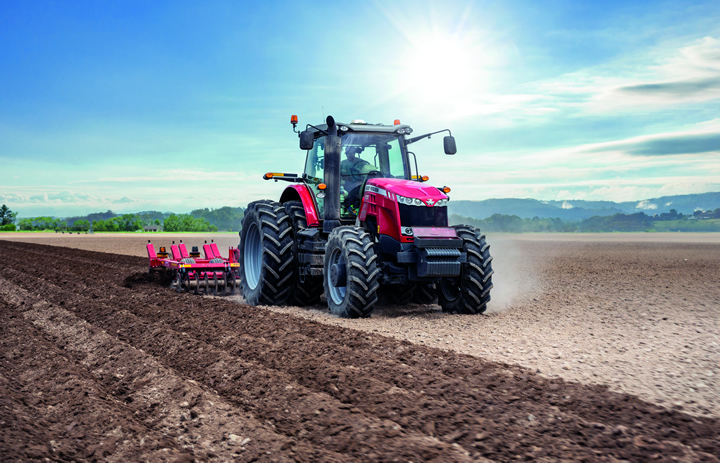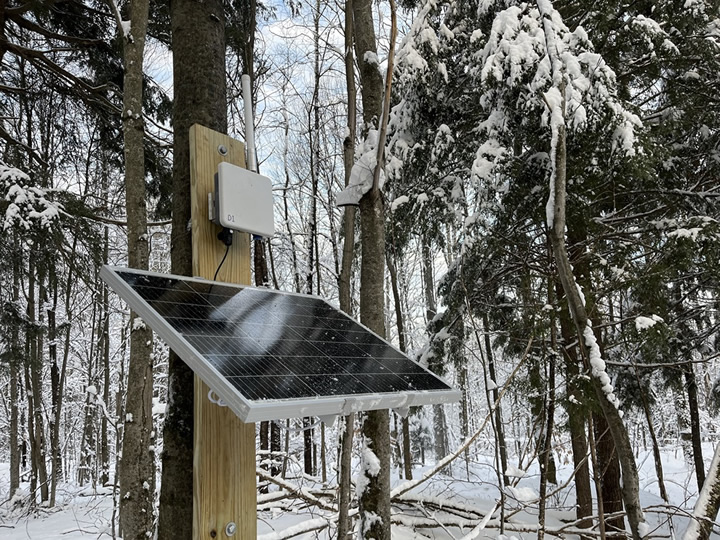Antobot announces global expansion of its universal AI-Powered "uRCU® Robotic control unit for agritech
Antobot's uRCU® delivers a cost-effective, automotive-grade, compact and universally compatible all-in-one solution making AI-powered automation and precision control accessible to farms of all sizes.
Taylor Farms Announces Acquisition of FarmWise®'s Business
FarmWise has been at the forefront of ag-tech innovation, recognized for its advanced automation and robotics systems that address critical farming challenges such as precision weeding and thinning.
Lely introduces the Vector MFR Next: less work, more results
Today's introduction is another step towards our vision of the Farm of the Future. Our dairy farming solutions focus on five impact areas, which are based on both farmer and consumer needs. In this way, we aim to turn today's challenges into tomorrow's opportunities.
Carbon Robotics Introduces the First and Only Tractor Autonomy Solution with Real-Time Remote Supervision and Control
Installed on existing tractors, Carbon AutoTractor provides farmers with production-ready autonomy that eliminates stoppages, operates 24/7, and increases efficiency
Trimble and PTx Trimble Expand Innovative Technology to Maintain Precision and Continuous Operations in the Agriculture Industry
IonoGuard helps ensure more reliable and accurate positioning by reducing the risk of signal loss and maintaining signal integrity during challenging ionospheric conditions.
Electric Farm Tractors Market Poised for 10% CAGR Growth by 2032
As farmers seek to minimize their carbon footprint and comply with stringent emissions regulations, electric tractors have emerged as a viable solution due to their zero-emission operations.
The Role of AI in Agriculture Supply Chain Resiliency
As AI technology continues to evolve, its role in securing the future of agriculture will become even more vital. Agricultural professionals who embrace these innovations will gain a competitive edge as they farm smarter, not harder.
Quercus Biosolutions Emerges from Stealth to Transform Crop Protection with AI-Designed Mini-Proteins
The company is leveraging cutting-edge generative AI for protein design to develop novel solutions that address the critical needs of modern agriculture. To advance its mission, Quercus has secured a pre-seed investment round from undisclosed investors.
Seed Oils and Raw Milk Don't Mix - The True Cost of Science Denial
Decades of research from leading universities and government researchers have carefully evaluated and measured the health benefits and food safety risks of seed oils and raw milk.
Greeley's Investment in its Agricultural Future: How a Startup Accelerator is Shaping the Future of a Legacy Agricultural Community
In this rapidly modernizing industry sector, startup accelerator programs, such as gBETA Greeley, offer a practical way for communities to invest in future growth through support for local startups building innovative technology.
President Trump's Tariffs Boost U.S. Agriculture-But His Immigration Policy is Killing It
Labor-intensive crops like fruits, vegetables, and nuts are particularly vulnerable, with some farmers resorting to leaving crops unharvested due to a lack of available workers.
Using Soil Mapping to Enhance Sustainable Agriculture and Boost Productivity
The combination of Geographic Information Systems (GIS) and satellite-based technology with remote sensing along with artificial intelligence (AI) allows precision soil mapping to deliver precise soil variability data which supports better agricultural decision-making.
The Future of Farming: Predictably Unpredictable
If you have the right balance of nutrients in your soil, plant the right crop at the right time, and get lucky with the weather, then you grow beautiful produce. But if any of those inputs go astray-well, who knows? These 7 trends could reshape the ag landscape in 2025.
How to Conduct a Cybersecurity Risk Assessment for Your Farm
As technology becomes more embedded into the industry's operations, so do cybersecurity risks. Agricultural operations must understand the vulnerabilities and implement security measures to protect equipment, data and livelihoods.
Examining the Growing Presence of Cobots in Agriculture Operations: 7 Insights
Agricultural automation is still a relatively new field, so understanding how to use it effectively is evolving as the sector matures. Here are seven insights worth taking away from the rise of agricultural cobots.
Records 1 to 15 of 458
Precision Farming - Featured Product

Elmo Motion Control - The Platinum Line, a new era in servo control
Significantly enhanced servo performance, higher EtherCAT networking precision, richer servo operation capabilities, more feedback options, and certified smart Functional Safety. Elmo's industry-leading Platinum line of servo drives provides faster and more enhanced servo performance with wider bandwidth, higher resolutions, and advanced control for better results. Platinum drives offer precise EtherCAT networking, faster cycling, high synchronization, negligible jitters, and near-zero latency. They are fully synchronized to the servo loops and feature-rich feedback support, up to three feedbacks simultaneously (with two absolute encoders working simultaneously). The Platinum Line includes one of the world's smallest Functional Safety, and FSoE-certified servo drives with unique SIL capabilities.




.jpg)





.jpg)

(1).jpg)
.jpg)
.jpg)
